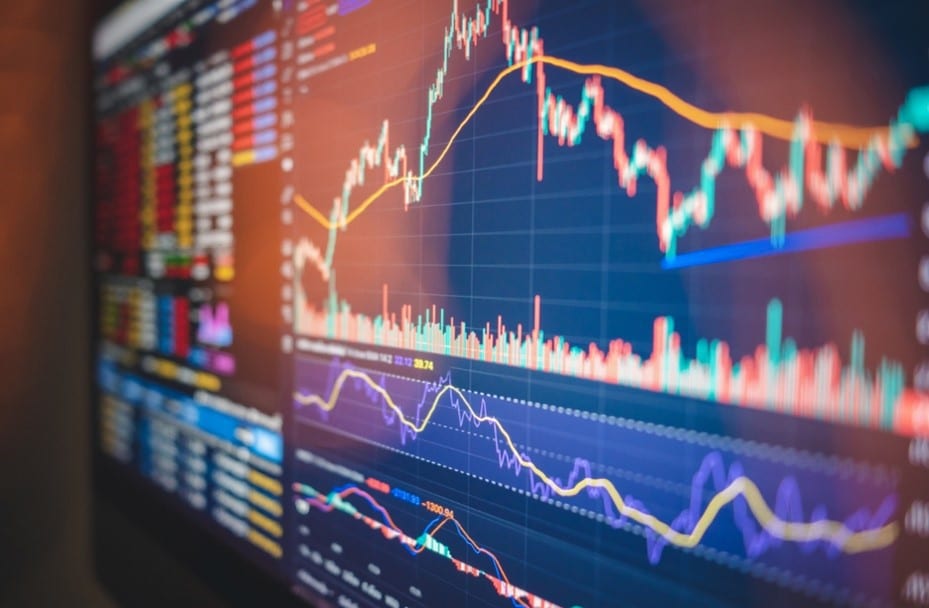
Your First Guide to Getting Started in Forex Trading
Forex trading, short for foreign exchange trading, has grown exponentially in popularity as individuals seek opportunities within this dynamic and fast-moving market. With a daily trading volume crossing trillions of dollars, the forex market holds immense appeal for those eager to understand and potentially benefit from fluctuations in global currency prices.
If you’re curious about Forex Trading but unsure where to start, this guide will walk you through the basics, helping you build a foundational understanding to begin your trading journey with confidence.
What is Forex Trading?
Forex trading involves the buying and selling of currencies to profit from changes in their relative values. Unlike trading in stocks, forex trading takes place 24 hours a day, five days a week. This is because currencies are traded all over the globe in different time zones, such as in London, New York, and Tokyo.
At its core, forex trading centers around currency pairs. Common pairs include major ones like EUR/USD (Euro/US Dollar), GBP/USD (British Pound/US Dollar), and USD/JPY (US Dollar/Japanese Yen). Prices in the forex market are fluid, influenced by economic indicators, geopolitical events, and market sentiment.
Understanding the Basics of Forex Platforms
A forex platform acts as your gateway to trading currencies. These platforms offer user-friendly interfaces and tools designed to support traders in analyzing the market. When beginning, prioritize understanding the functionality of trading charts, how currency pairs are displayed, and the significance of bid/ask prices.
Many platforms offer the advantage of flexible leverage, which enables traders to manage their positions with a proportionally smaller capital outlay. However, tread cautiously and gain experience before incorporating leverage into your trades, as it requires strong risk management.
Learning to Read Forex Market Signals
To succeed in forex trading, it’s essential to develop the ability to interpret market signals. Some commonly used approaches to signal interpretation include:
• Technical Analysis: This involves studying charts, patterns, and indicators like Moving Averages (MA) and Relative Strength Index (RSI). These tools can help you predict market movements based on historical data.
•
• Fundamental Analysis: Focus on major economic events, such as interest rate changes, employment figures, or political developments, which can influence currency value shifts.
•
• Sentiment Analysis: Gauging trader sentiment in the marketplace by observing trends and the dominant mindset of bullish or bearish market participants.
•
Start Small with a Demo Account
A smart way to get started in forex trading is through a demo account. Many trading platforms provide this feature, allowing new traders to practice strategies and techniques without risking real money. Treat demo trading as a classroom where you can make and learn from mistakes in a risk-free environment.
Risk Management is Key
A critical aspect of forex trading is managing your risk effectively. Setting stop-loss orders can prevent substantial losses by automatically closing trades when prices move against you. Similarly, using a predetermined risk-to-reward ratio for each trade helps you maintain balance in your trading approach.
Forex trading is a learning curve, but by starting small and focusing on education, the foundations of success can be laid. Whether you’re intrigued by market charts or curious about global economics, forex holds exciting possibilities for those dedicated to understanding its nuances. Take the time to educate yourself, practice, and watch your confidence grow as you step into the world of forex trading.


